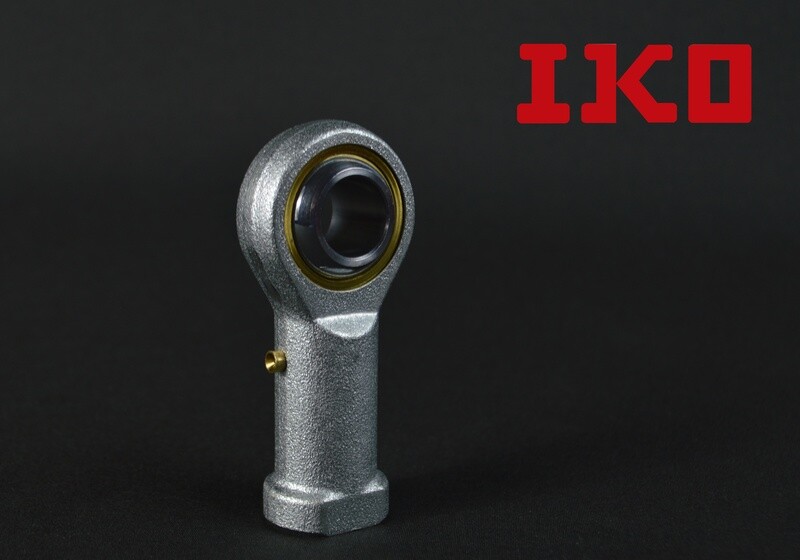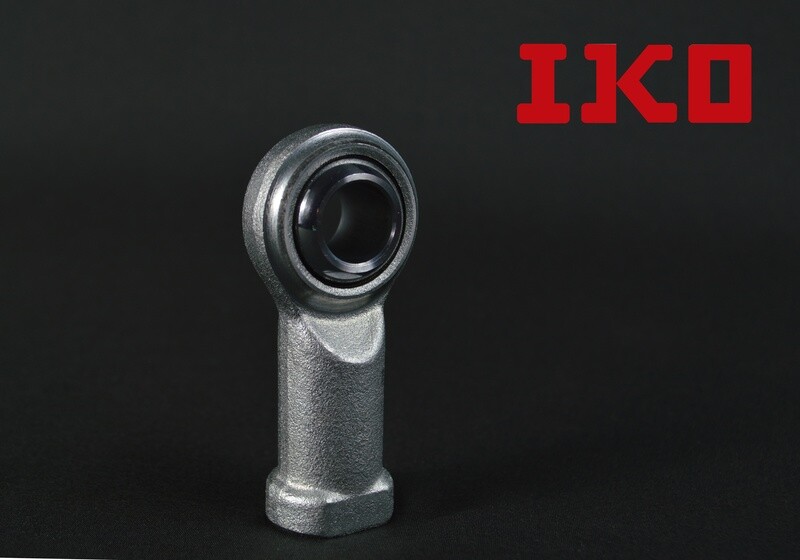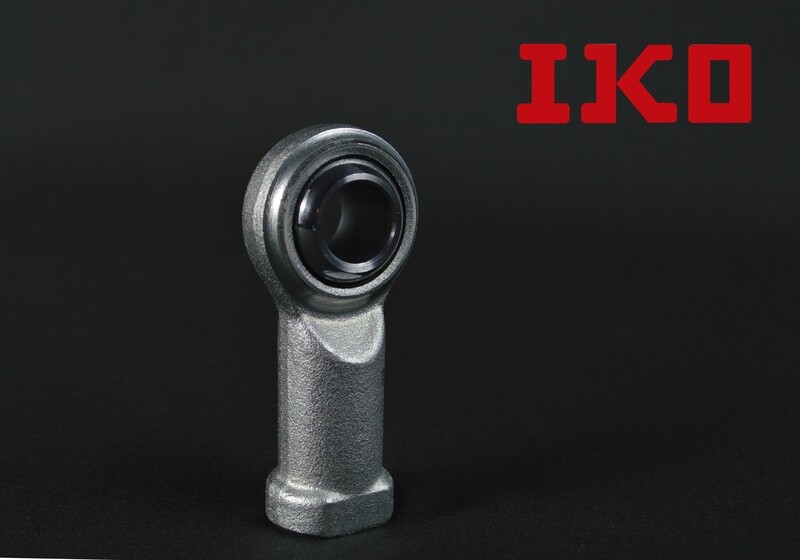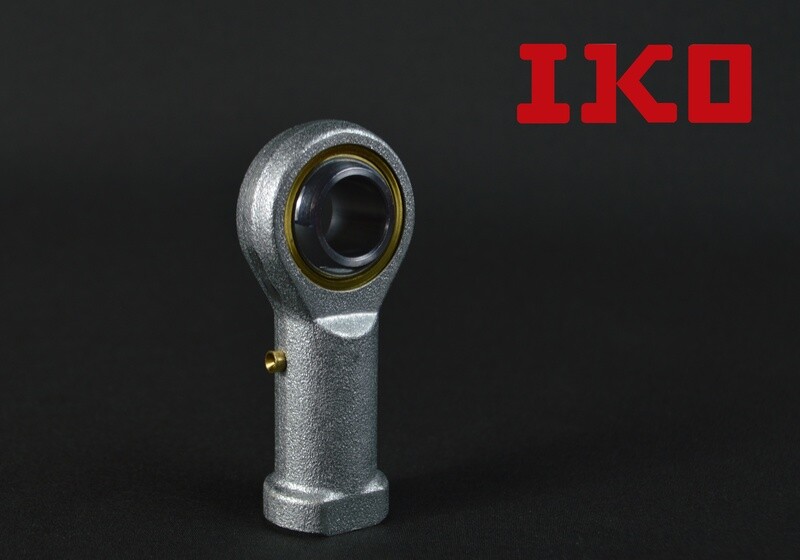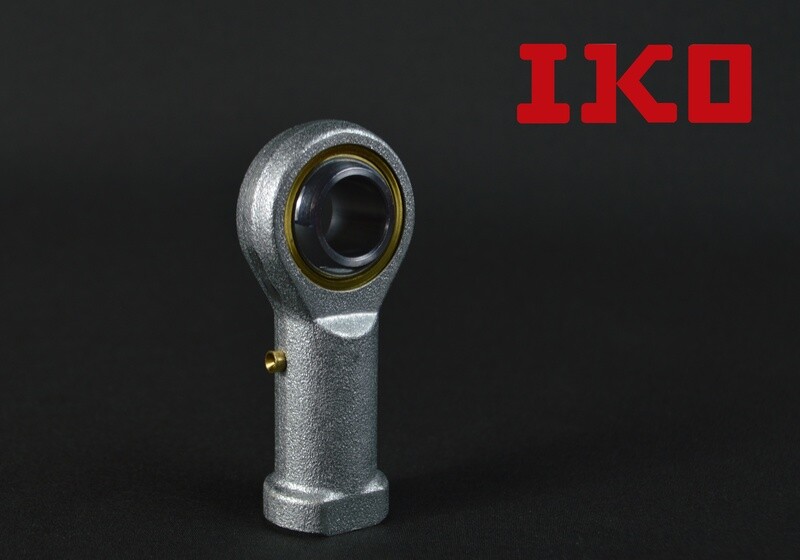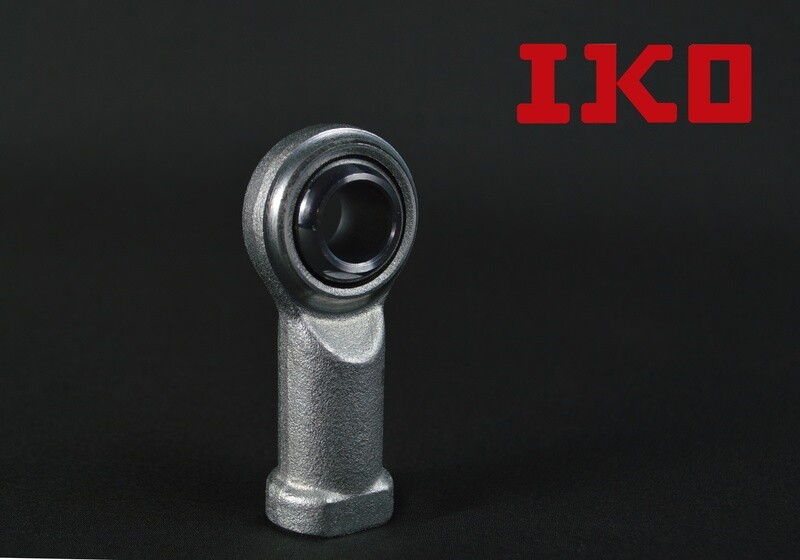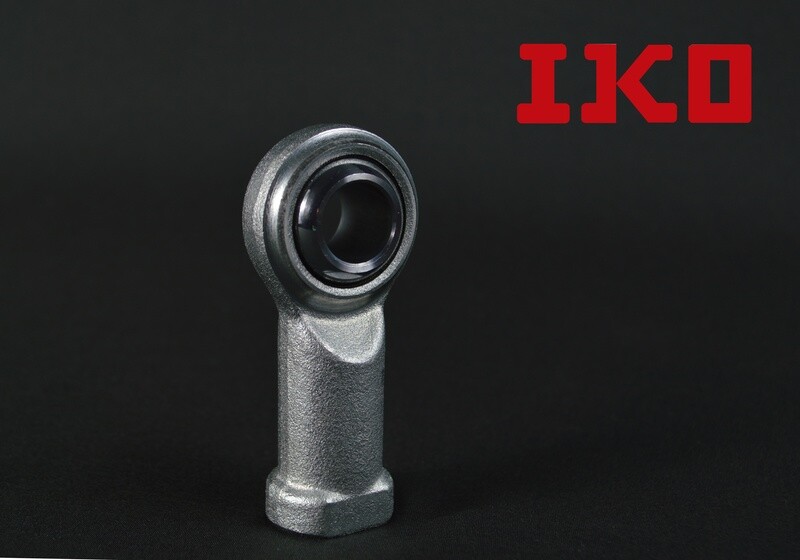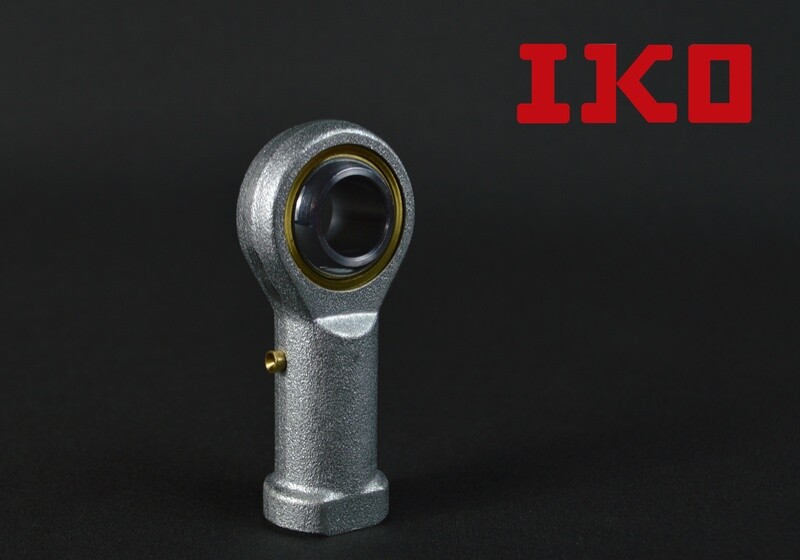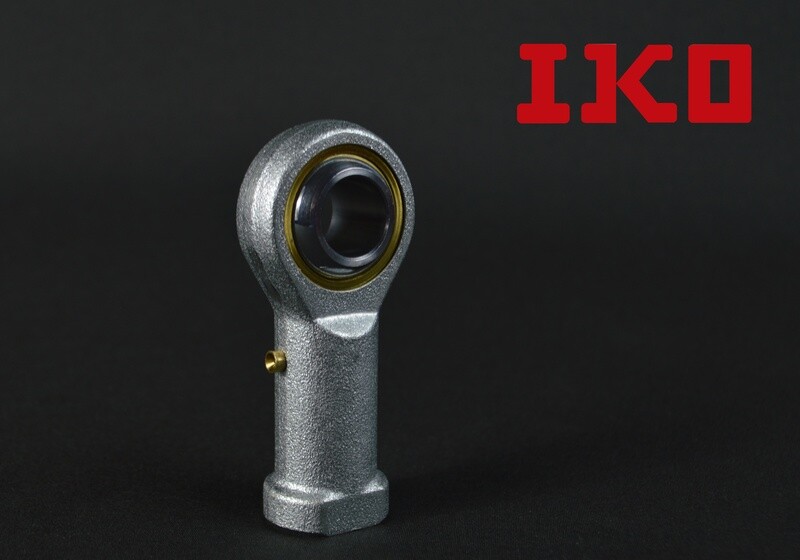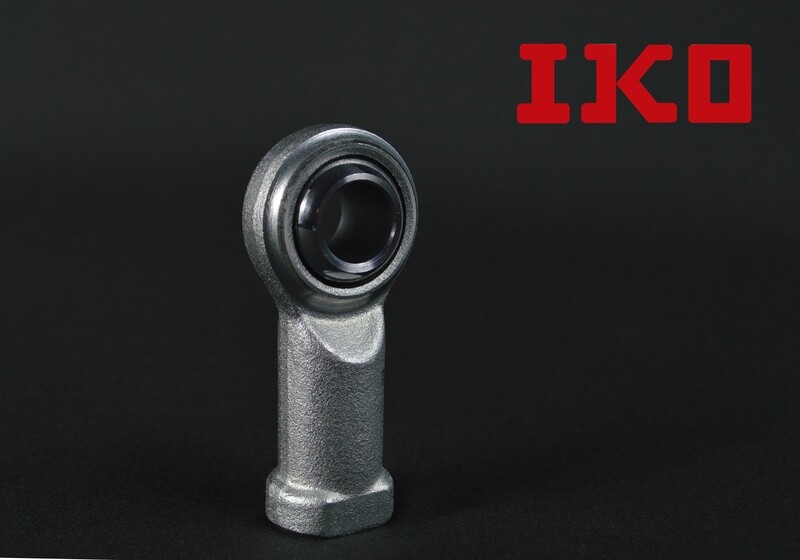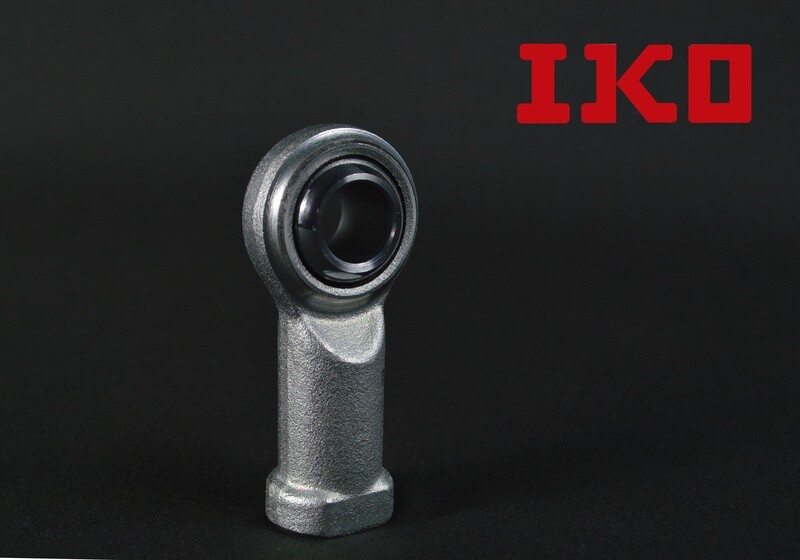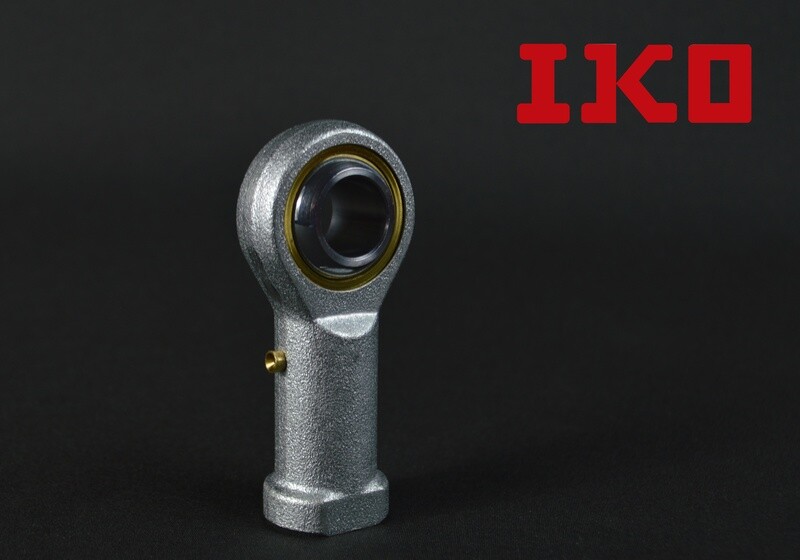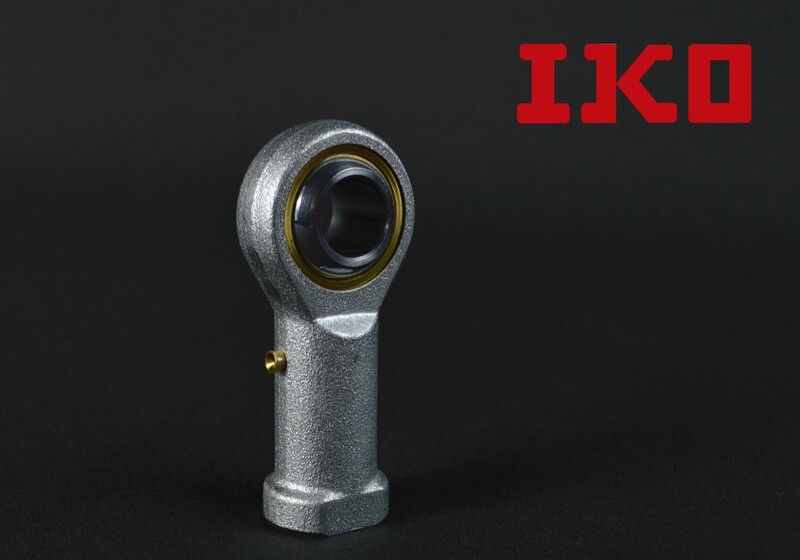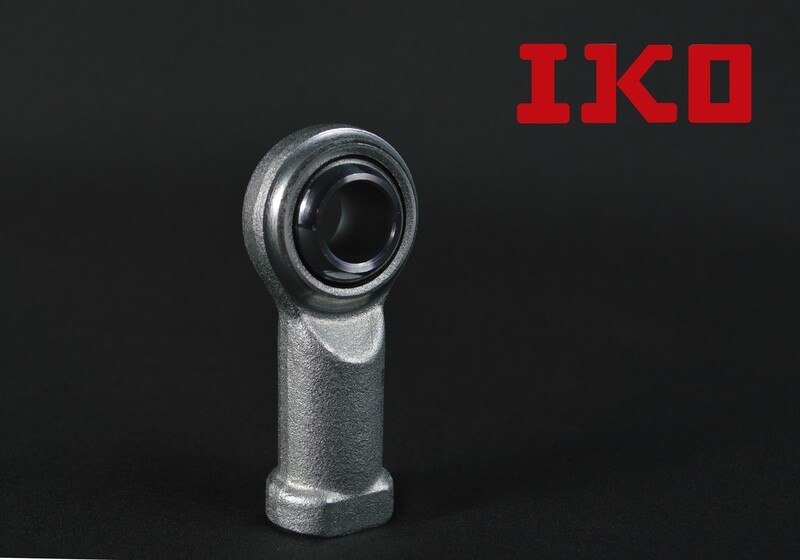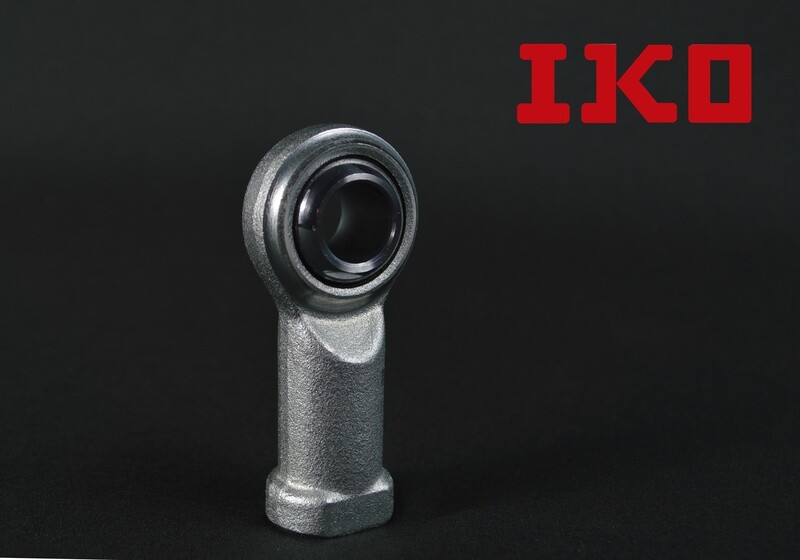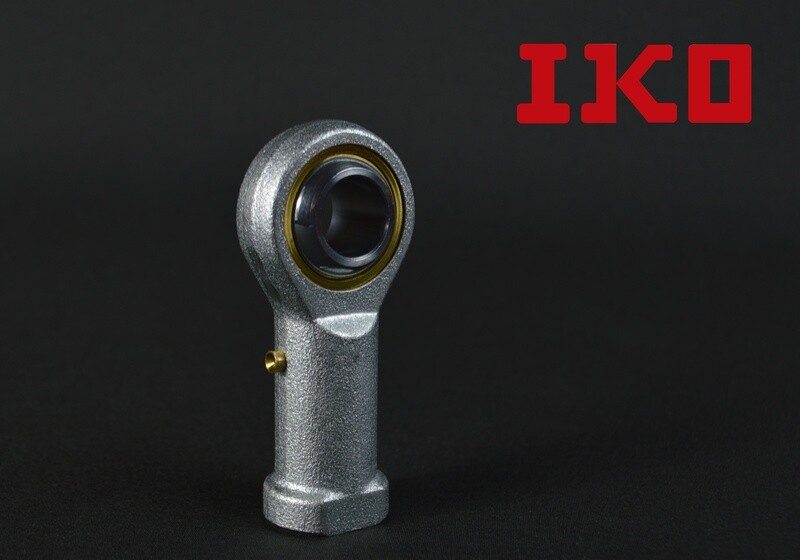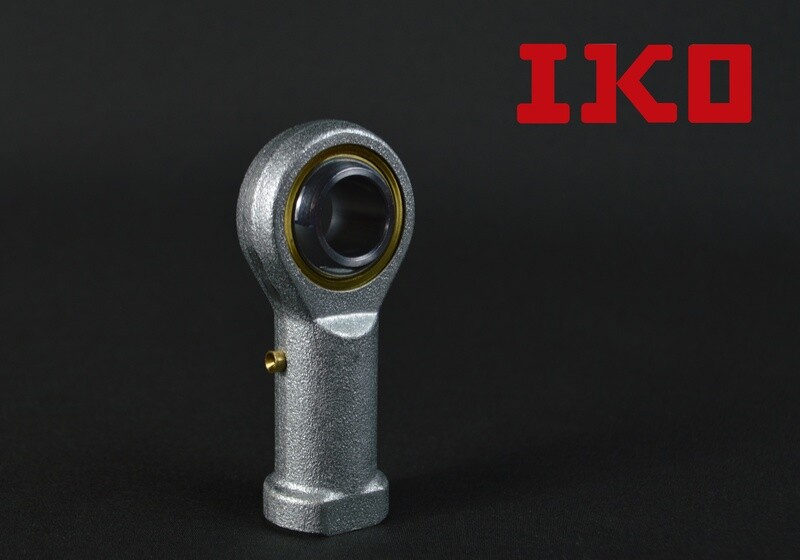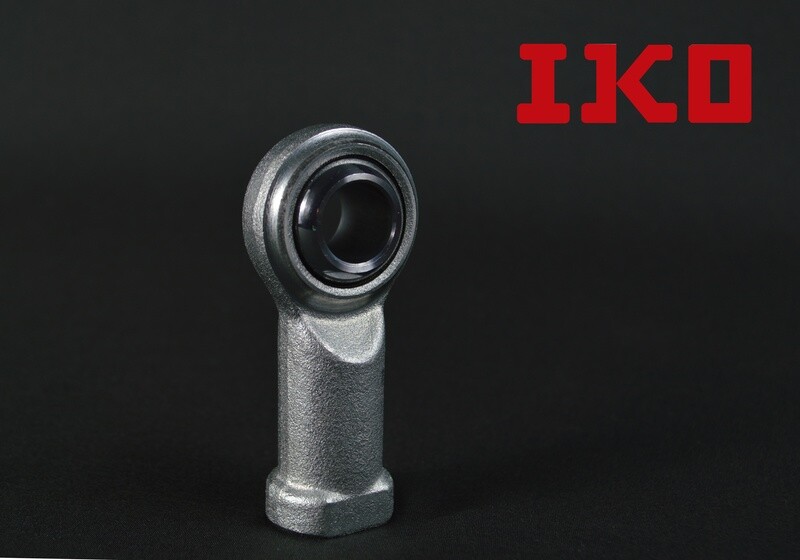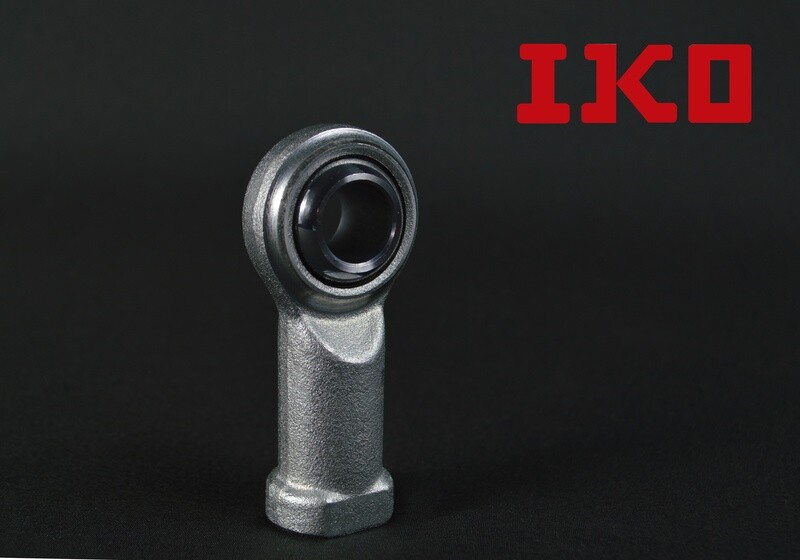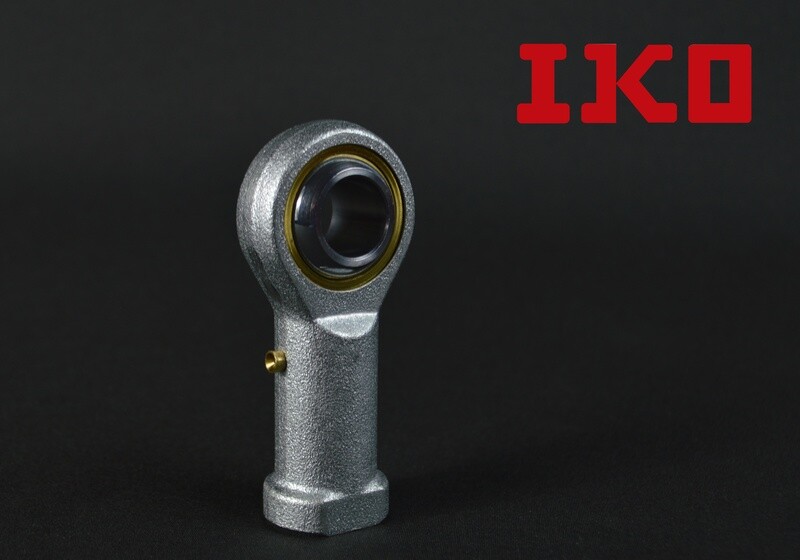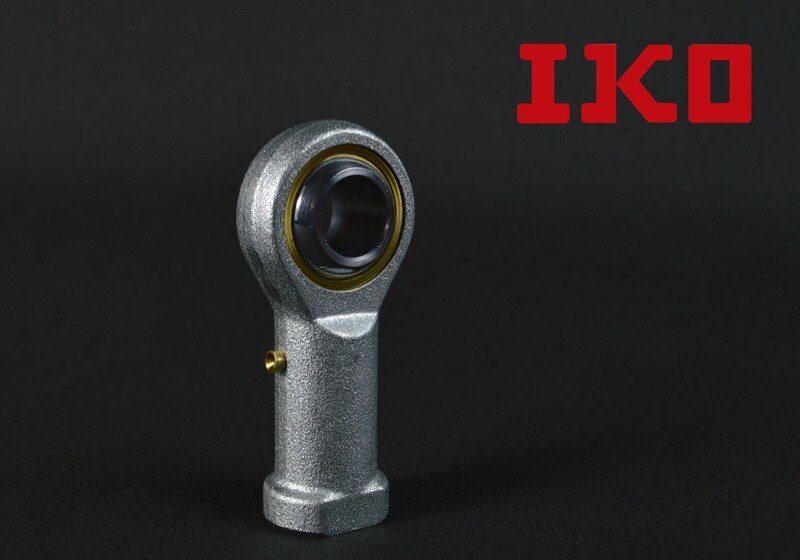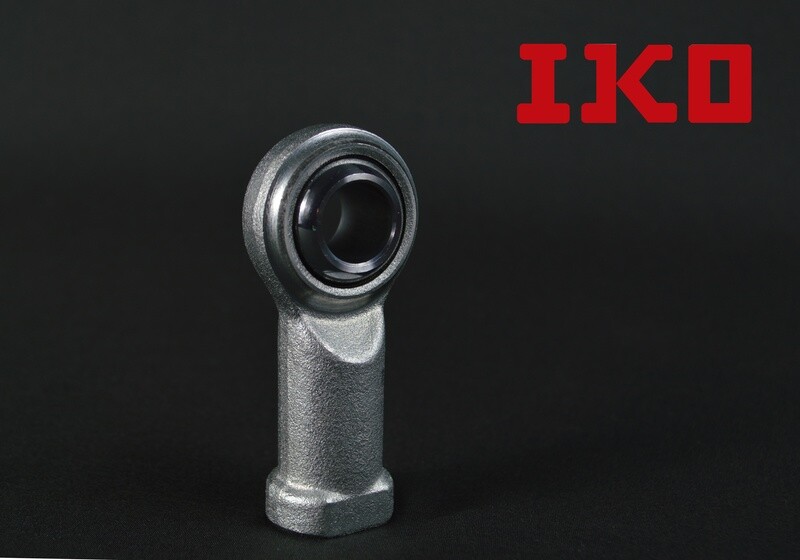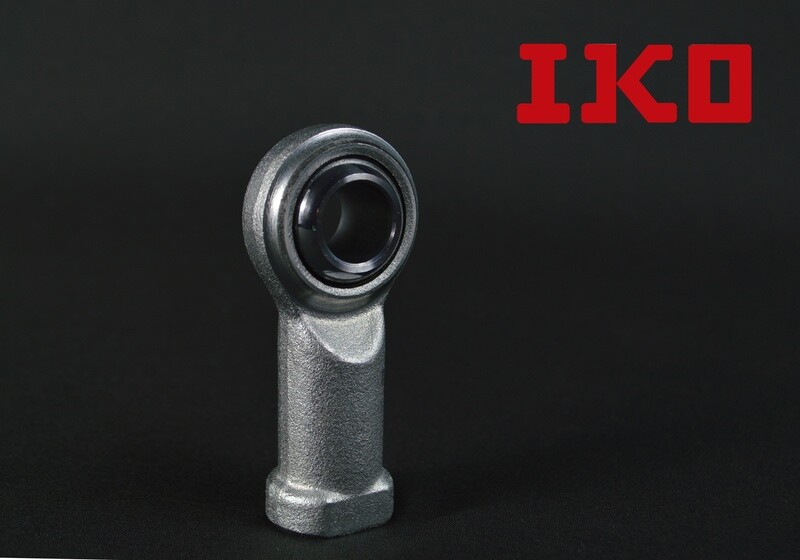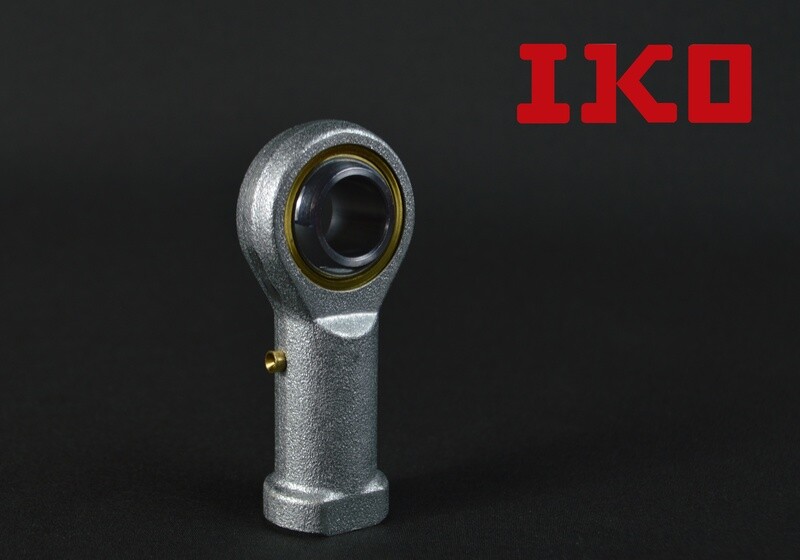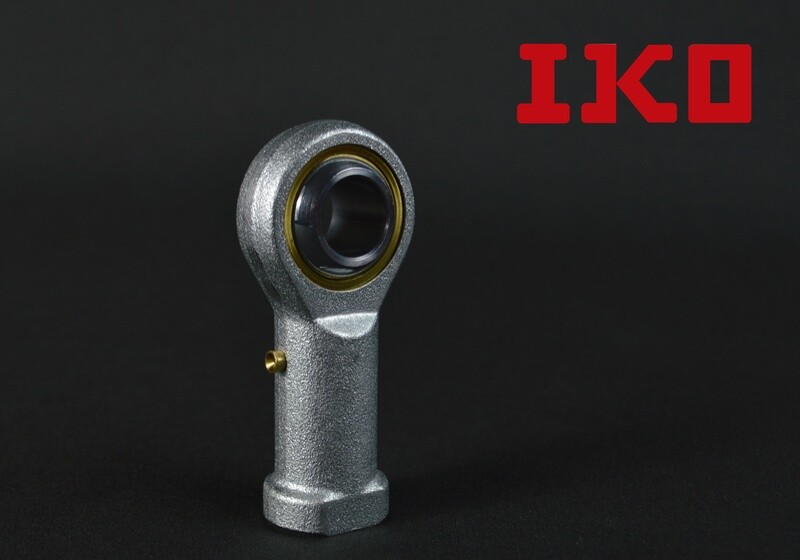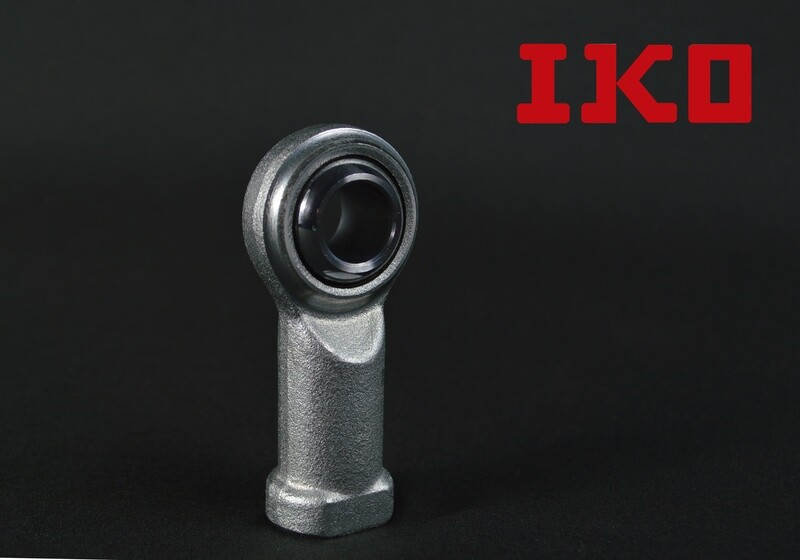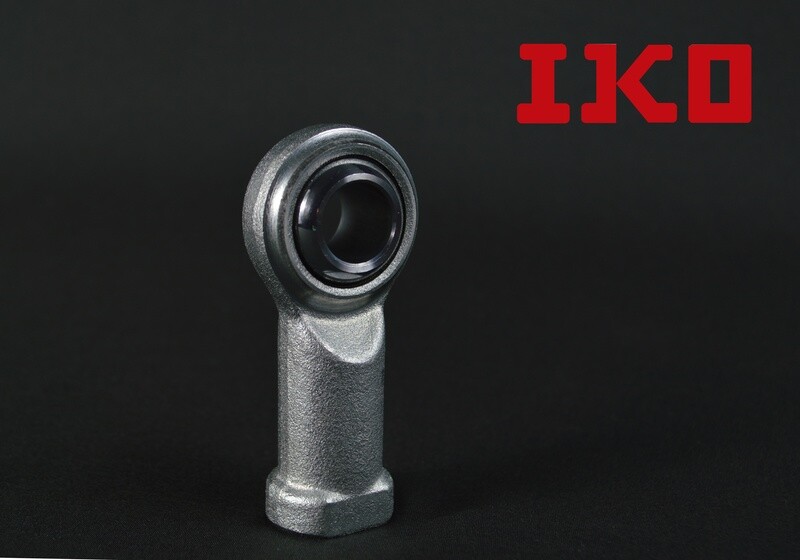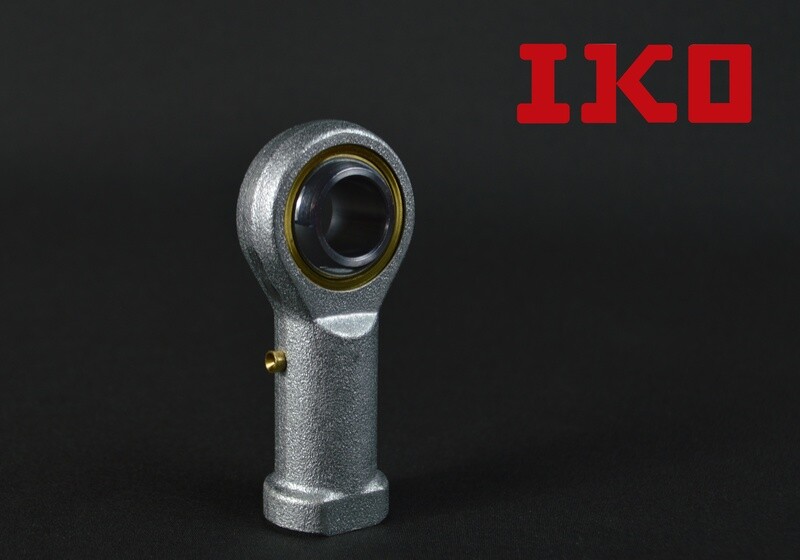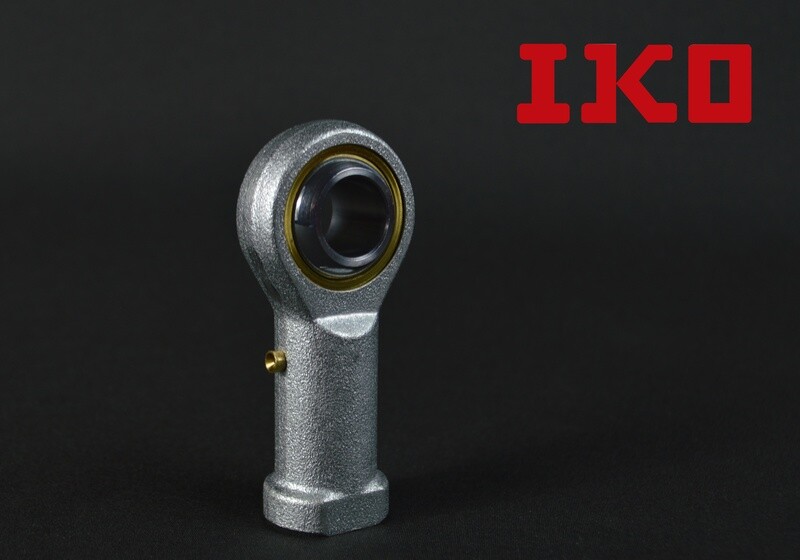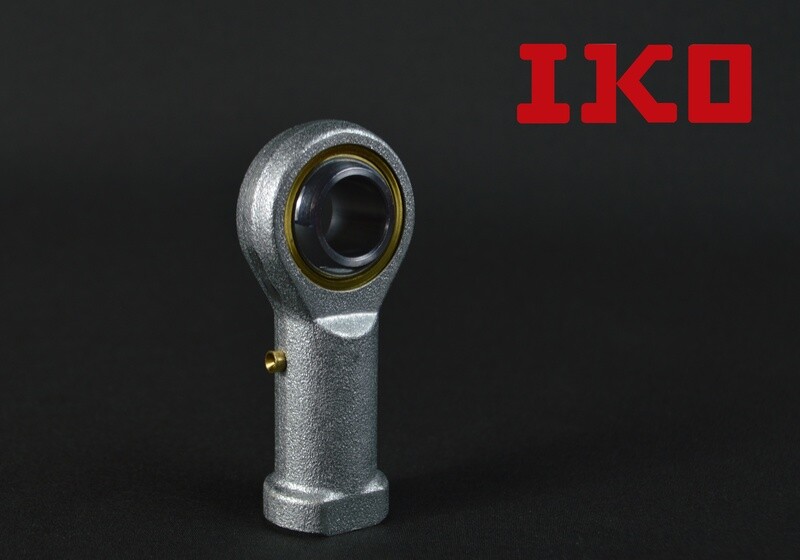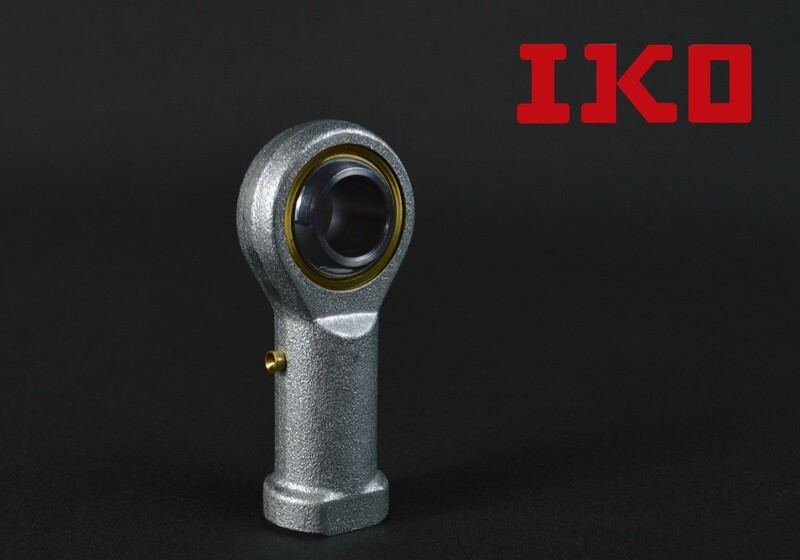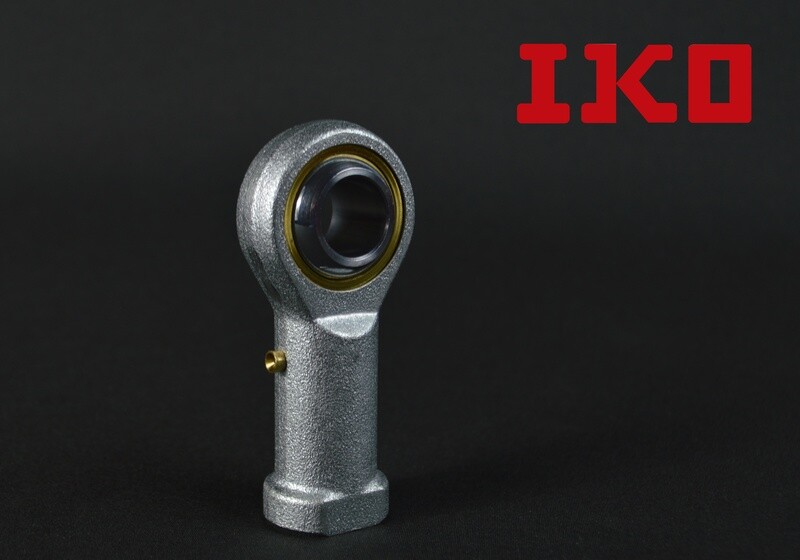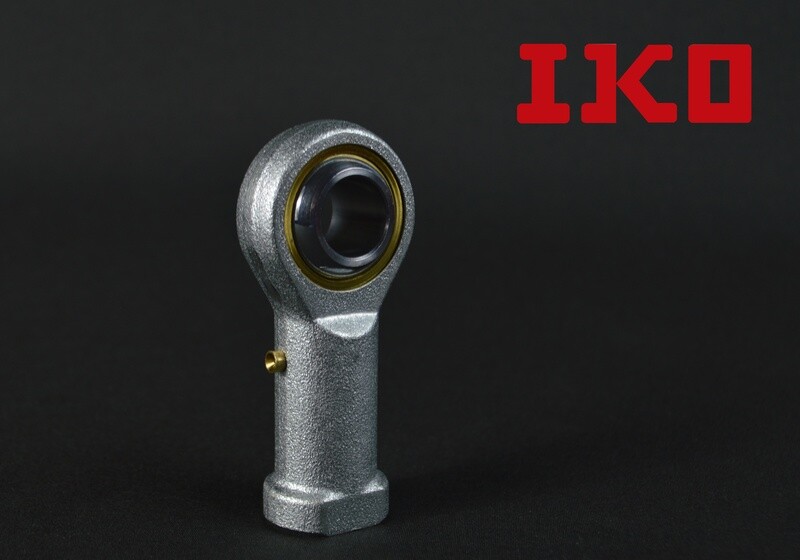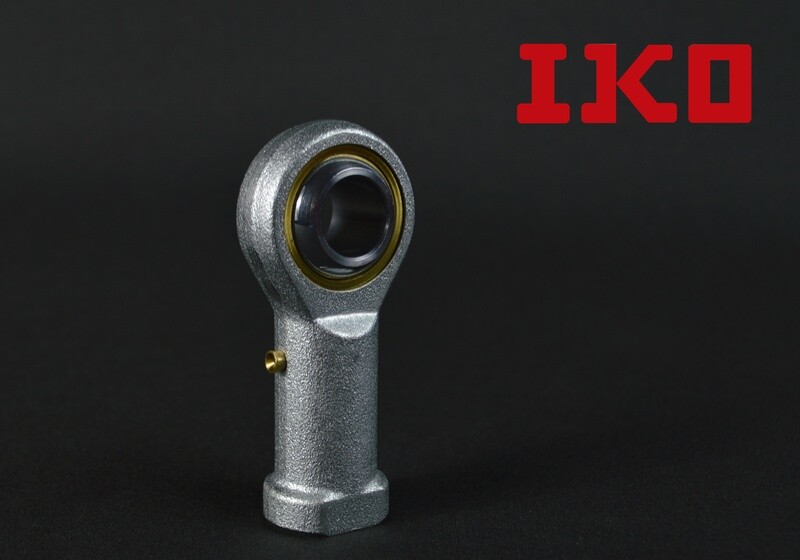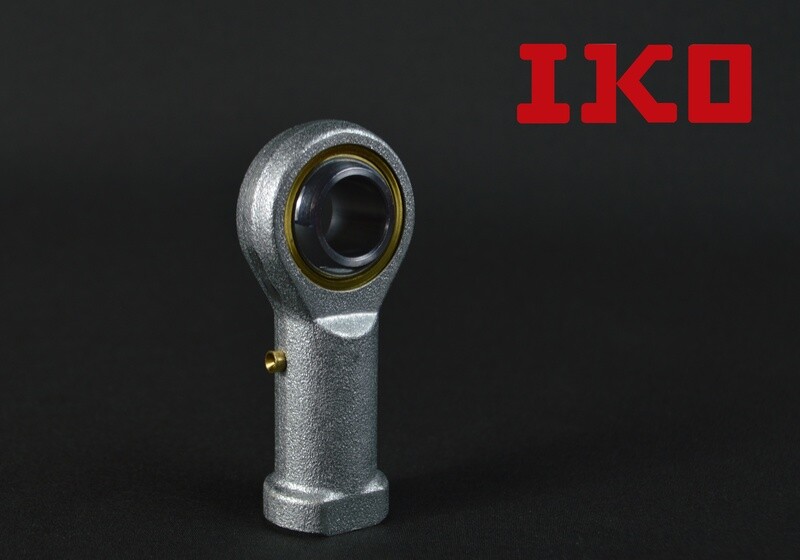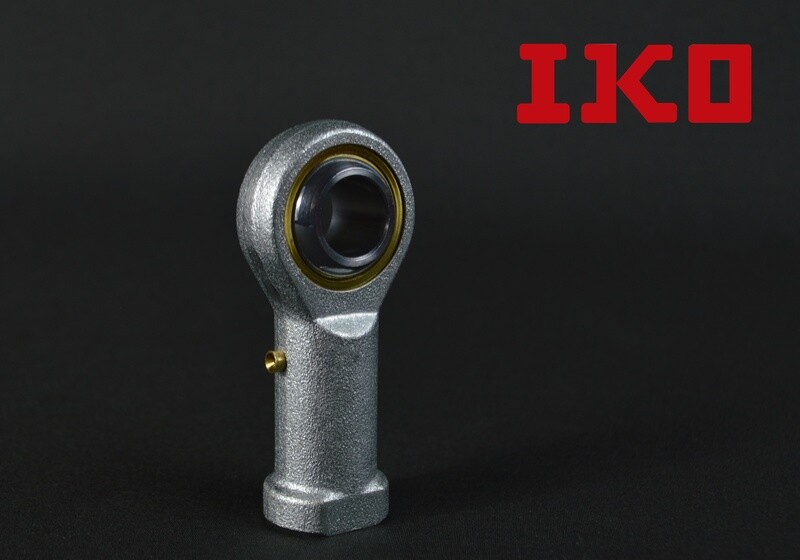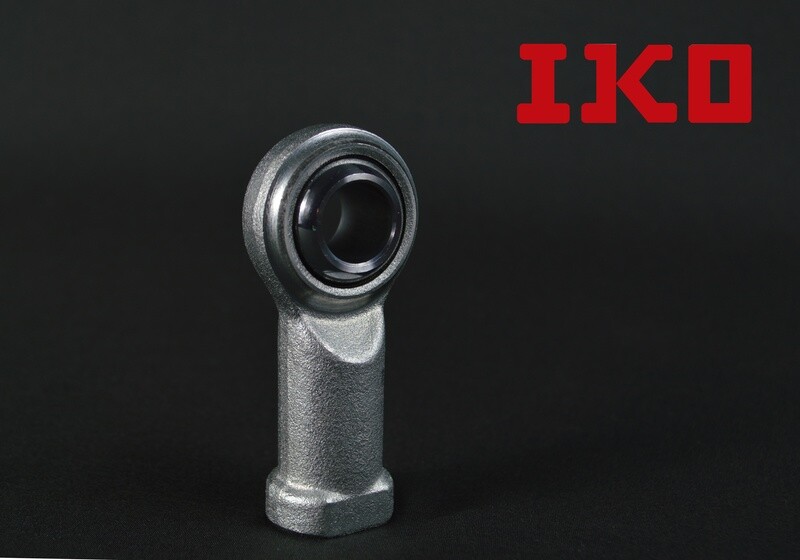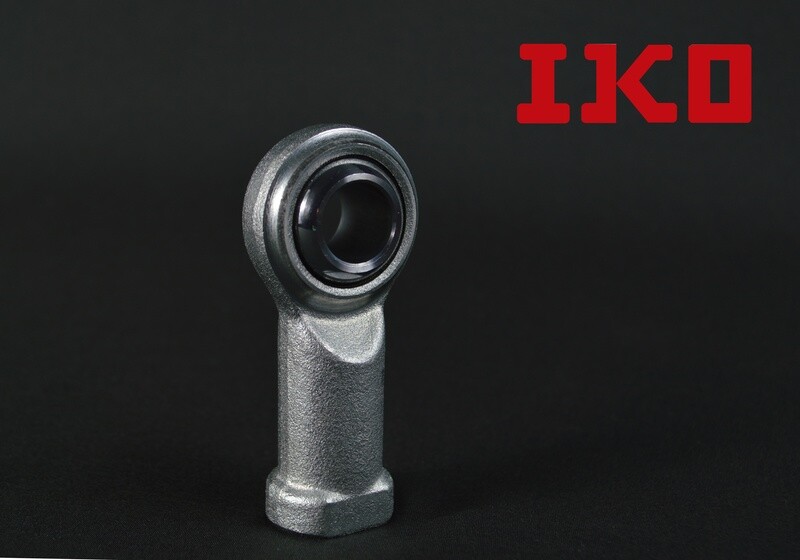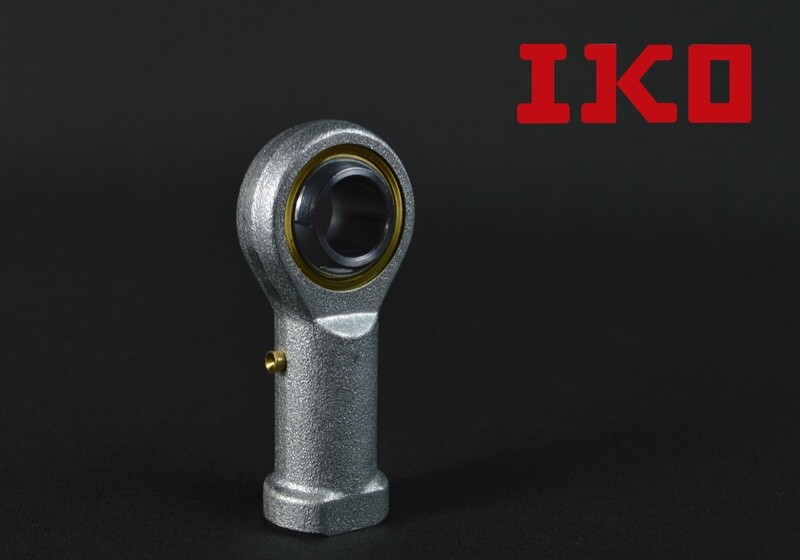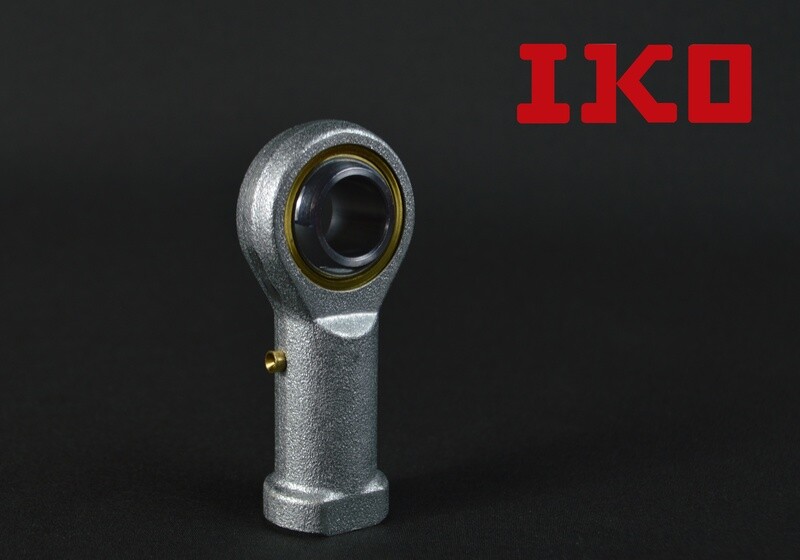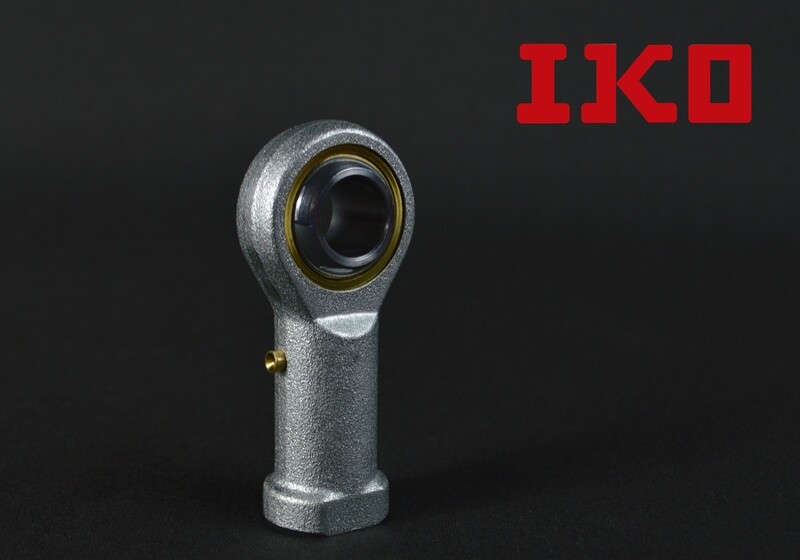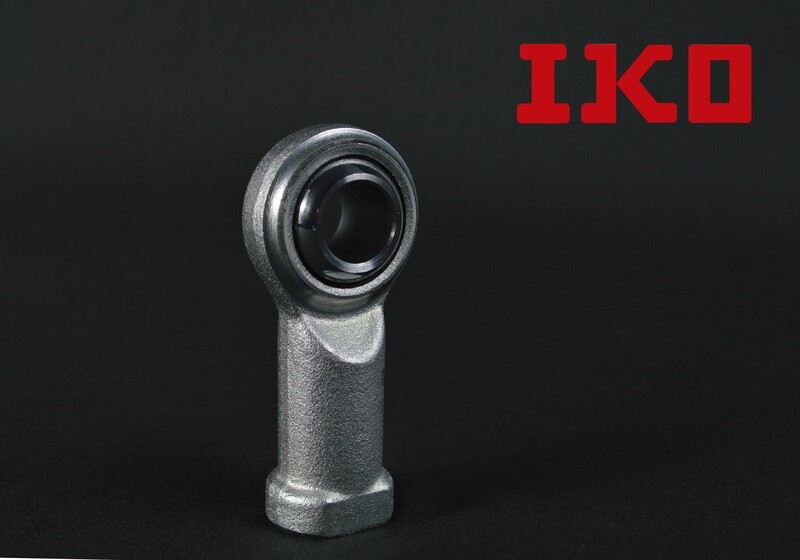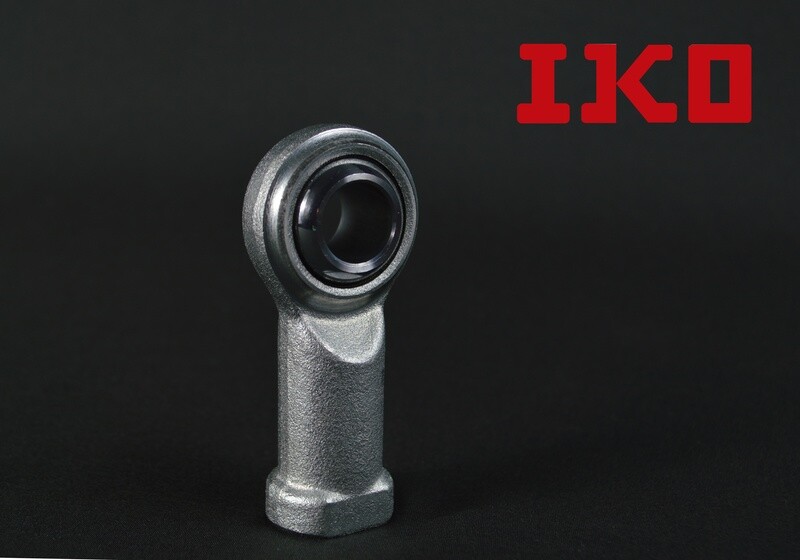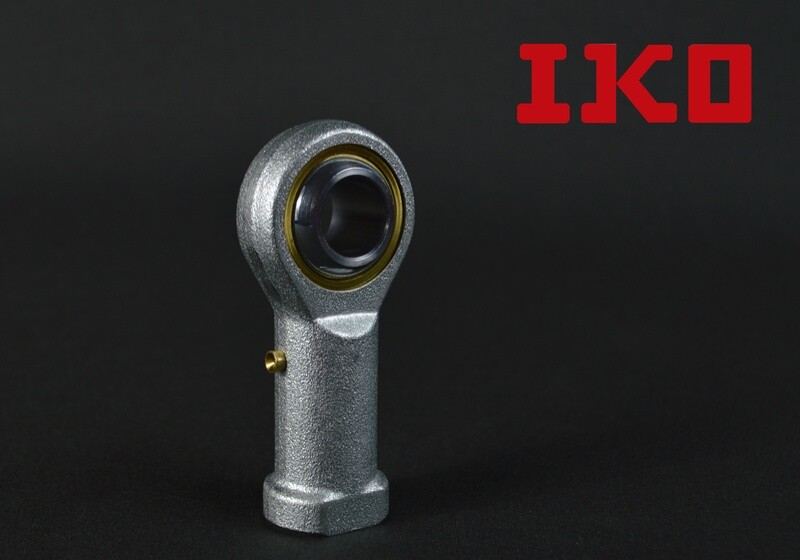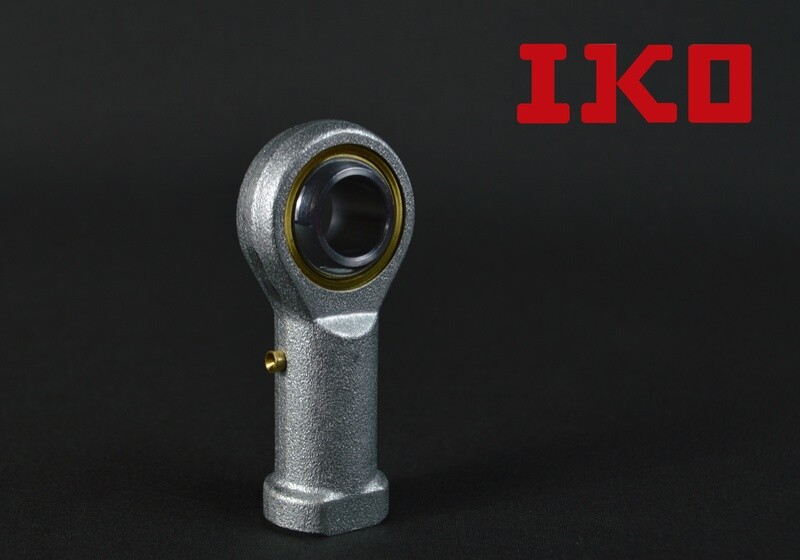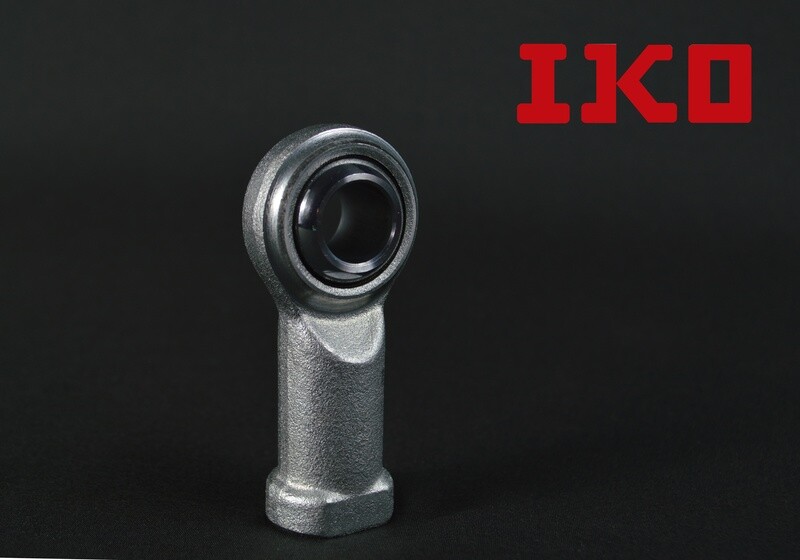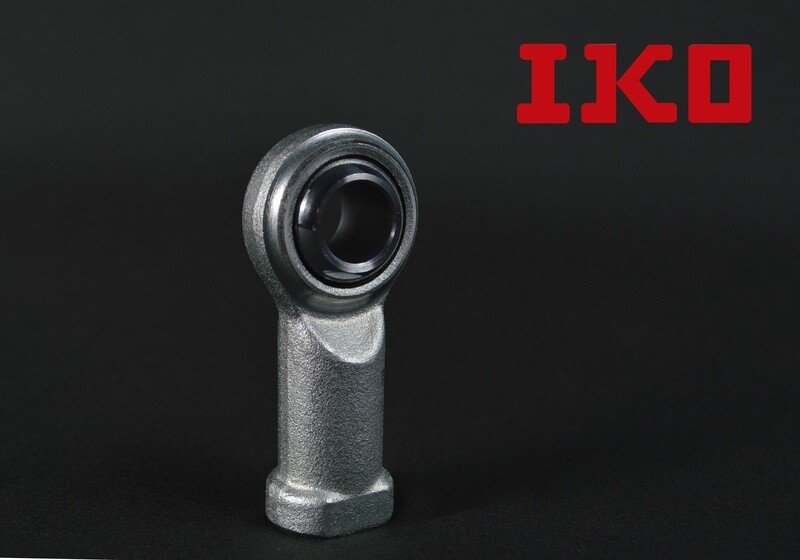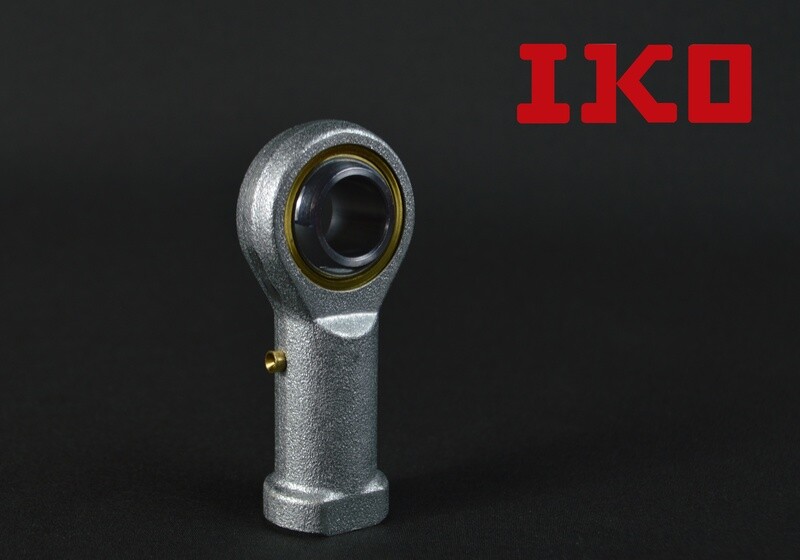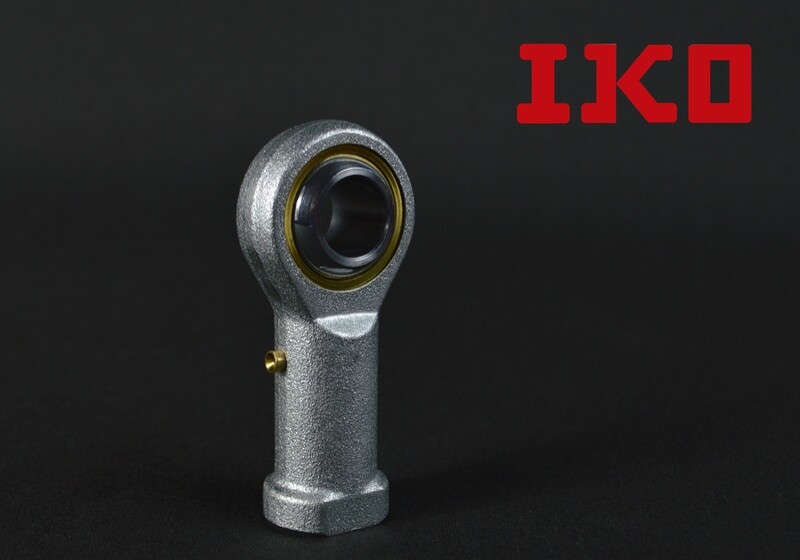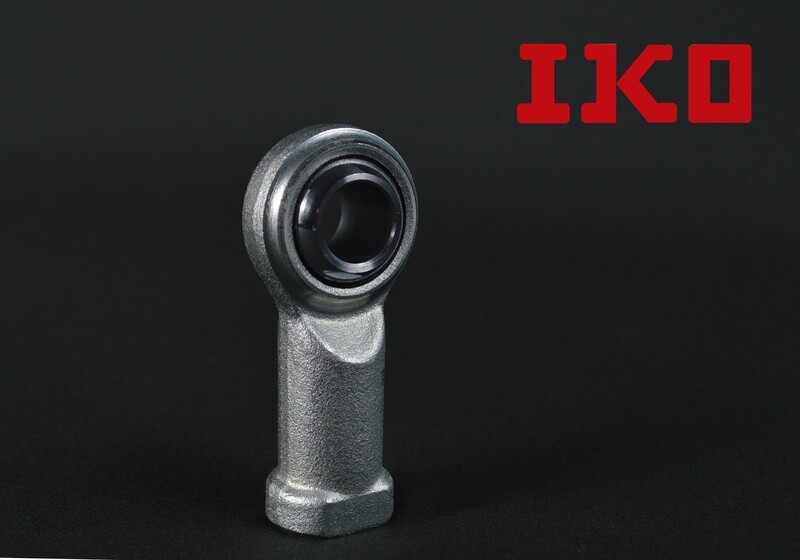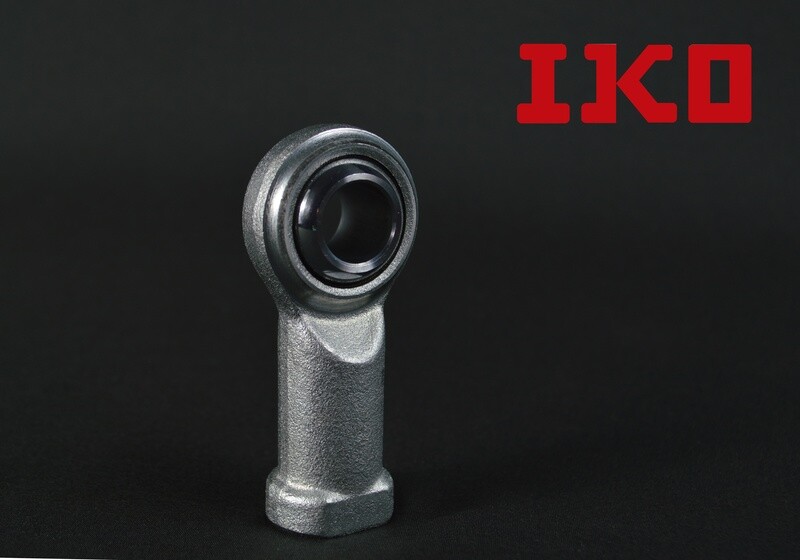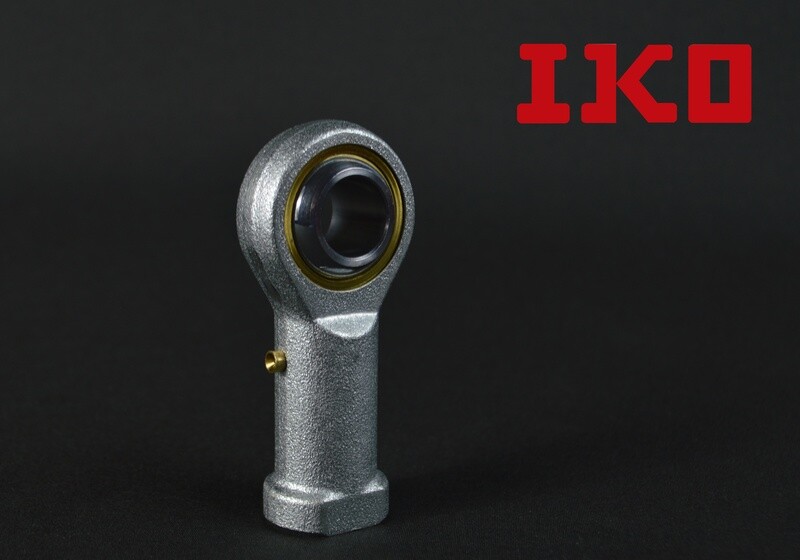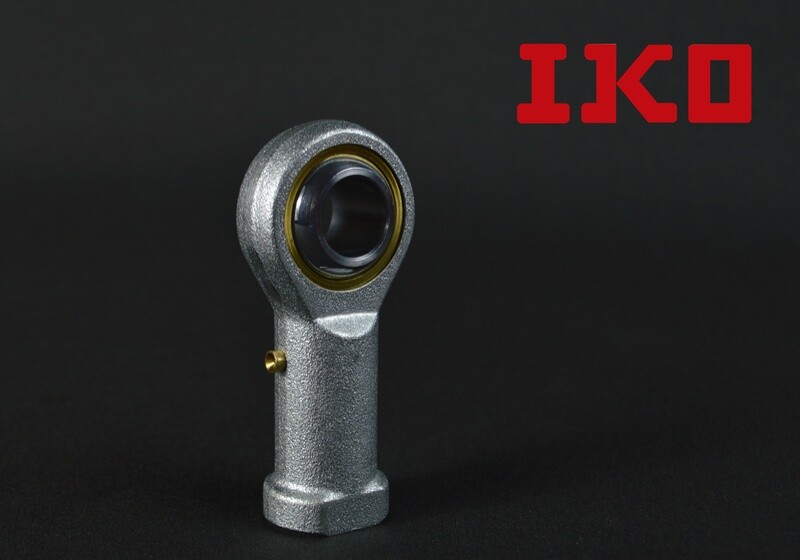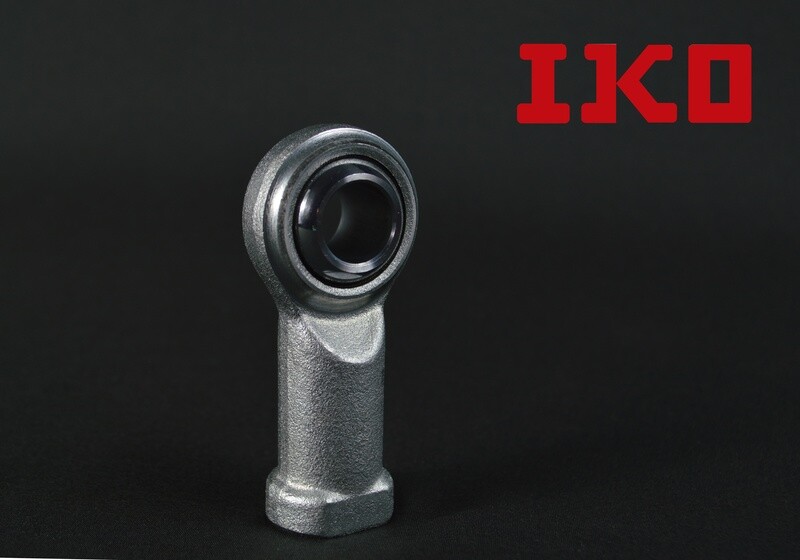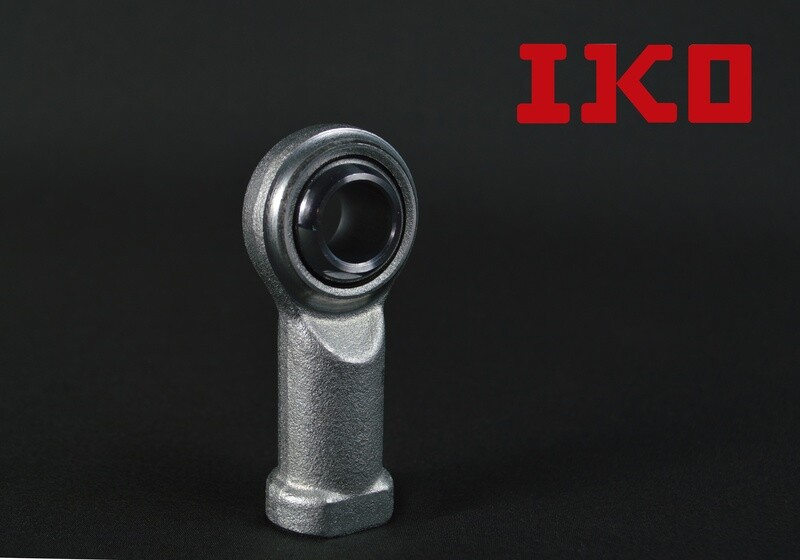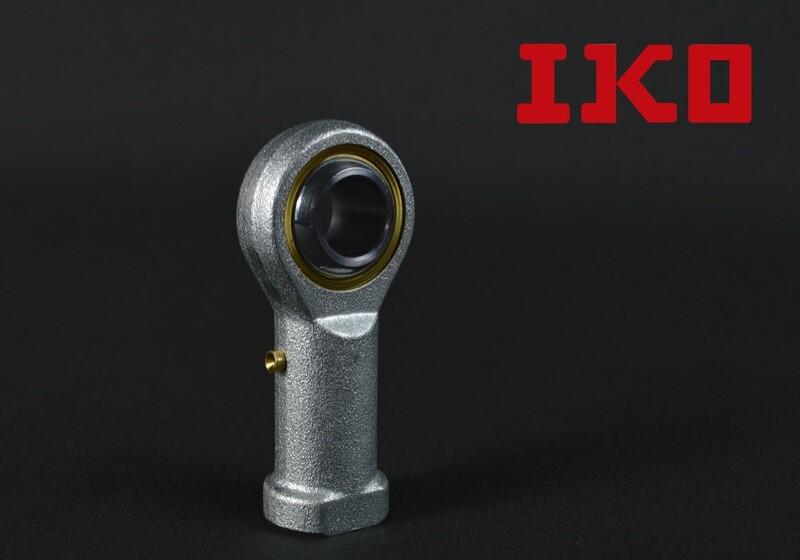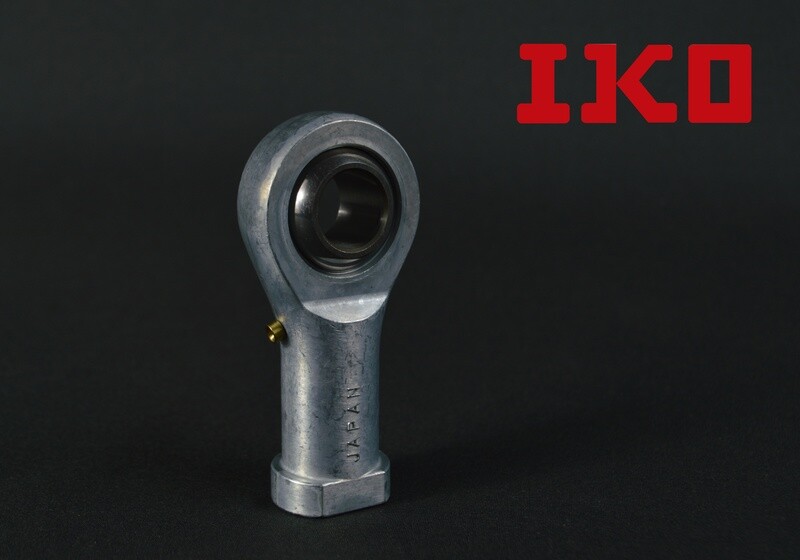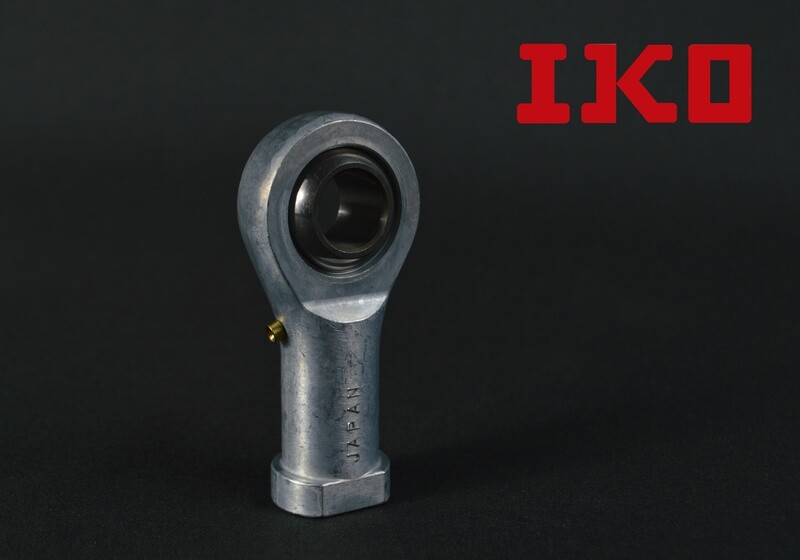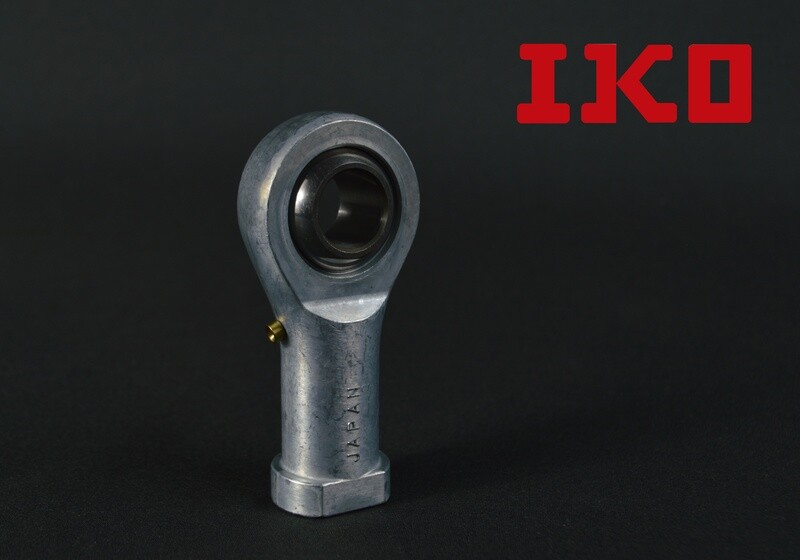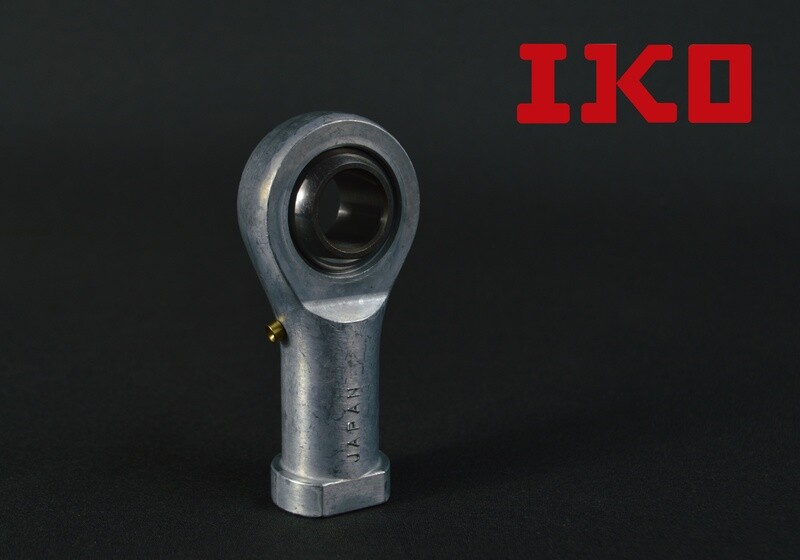IKO Rod End Bearings
Rod end bearings, also known as heim joints or spherical bearings, are a type of mechanical joint that allows for a pivoting movement between two parts. They are commonly used in industrial machinery, aerospace equipment, and automotive applications. In this article, we will provide an overview of rod end bearings, their components, and their uses.
Components of Rod End Bearings:
Rod end bearings consist of a housing or body, a spherical plain bearing, and a stud or shank. The housing or body is typically made of steel and has a threaded bore for attachment to a machine or other component. The spherical plain bearing is a self-aligning bearing that allows for angular misalignment between the housing and the stud. The stud or shank is typically made of chrome-moly steel and has a threaded end for attachment to the machine or other component.
Types of Rod End Bearings:
There are several types of rod end bearings, each designed for specific applications. The most common types include:
- Male Rod Ends: These rod end bearings have a male thread on the shank and are designed to be attached to a female-threaded component.
- Female Rod Ends: These rod end bearings have a female thread on the housing and are designed to be attached to a male-threaded component.
- Stainless Steel Rod Ends: These rod end bearings are made of stainless steel and are designed for use in corrosive environments.
- High Misalignment Rod Ends: These rod end bearings are designed to accommodate high levels of angular misalignment between the housing and the stud.
Uses of Rod End Bearings:
Rod end bearings are used in a variety of applications, including:
- Aircraft and Aerospace Equipment: Rod end bearings are commonly used in aircraft and aerospace equipment, such as control rods and landing gear.
- Industrial Machinery: Rod end bearings are used in a wide range of industrial machinery, including machine tools, robotics, and packaging equipment.
- Automotive Applications: Rod end bearings are used in automotive applications, such as suspension systems and steering linkages.
Benefits of Rod End Bearings:
There are several benefits to using rod end bearings, including:
- Self-Aligning: Rod end bearings are self-aligning, which allows for angular misalignment between the housing and the stud.
- High Load Capacity: Rod end bearings can handle high radial and axial loads, making them ideal for heavy-duty applications.
- Low Friction: Rod end bearings have low friction, which allows for smooth movement between the housing and the stud.
- Corrosion Resistance: Stainless steel rod end bearings are resistant to corrosion, making them ideal for use in harsh environments.
In conclusion, rod end bearings are a versatile mechanical joint that can accommodate high levels of angular misalignment and handle high loads. They are commonly used in industrial machinery, aerospace equipment, and automotive applications. By understanding the components and uses of rod end bearings, you can select the right type for your application and ensure reliable and safe operation.
